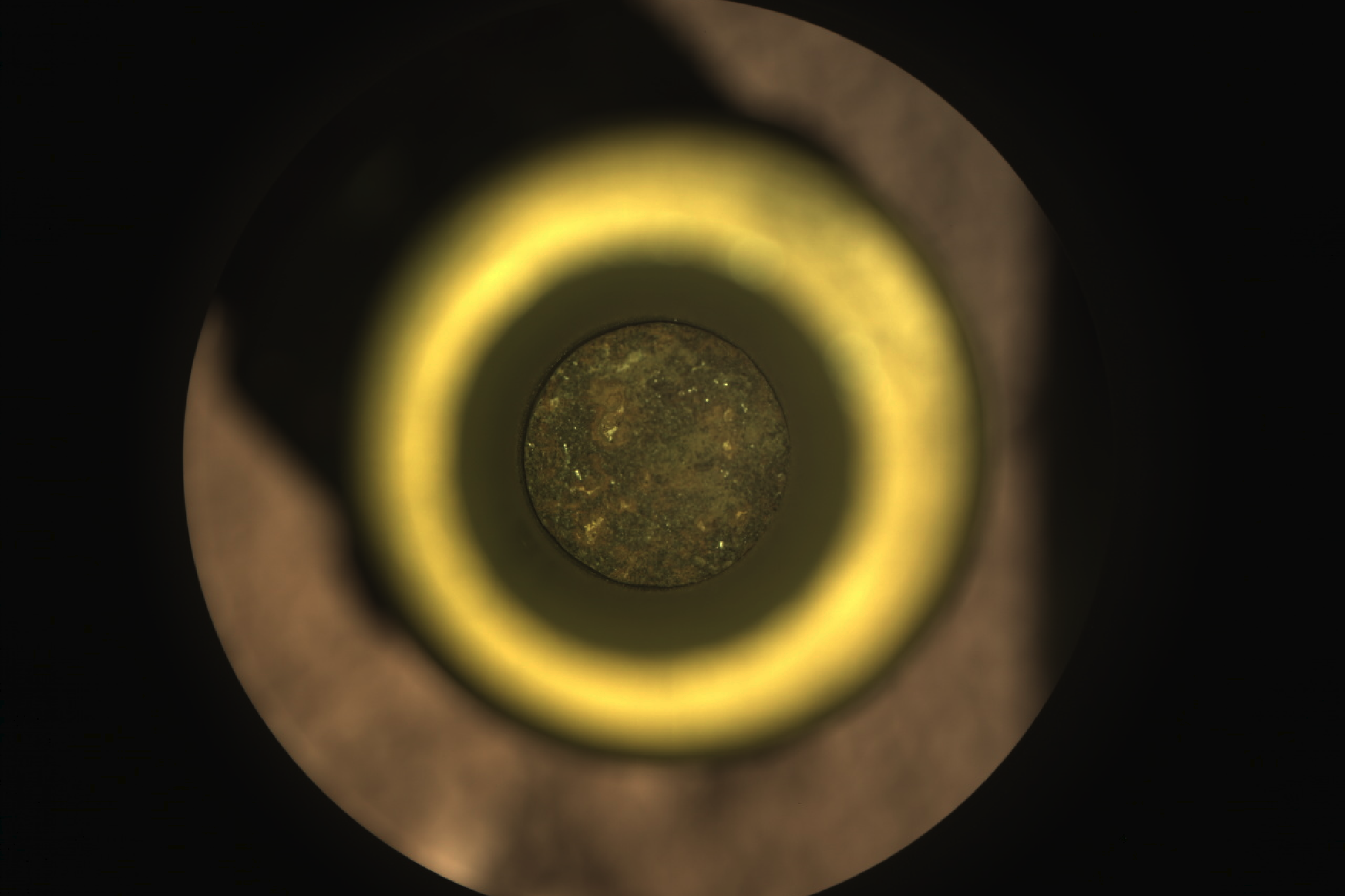On August 6, NASA’s Perseverance rover tried to drill into the Martian surface in order to collect its first sample after six months of travelling on the Red Planet. Despite the fact that everything seemed to be going well, when the rover’s operators examined the sample tube after it had been sealed and placed within the rover, they discovered that it had been completely depleted.
Earlier this week, NASA reported that the rover had sealed the tube containing the rock core, which is little thicker than a pencil, and had placed it in its belly for safety. That sample, as well as the other samples obtained, will be dropped to the earth and retrieved by another spacecraft. They will ultimately be returned to Earth, where they will aid scientists in their efforts to unravel the secrets of the red planet, much in the same way as lunar samples from the Apollo and Soviet missions assisted in the advancement of knowledge about the moon.
Perseverance’s mission on Mars has as one of its primary goals the study of astrobiology, which includes the hunt for evidence of ancient microbial life. The rover will describe the planet’s geology and previous climate, paving the path for human exploration of the Red Planet. It will also be the first mission to gather and store Martian rock and regolith, which will prepare the way for future missions to the planet (broken rock and dust).
A series of follow-up NASA missions, conducted in collaboration with the European Space Agency (ESA), would send spacecraft to Mars to collect these sealed samples from the planet’s surface and return them to Earth for further study.
The desire to examine rocks from another planet has been a long-held ambition of planetary geologists for decades. The fragments of Mars that were blasted into space by meteor strikes and subsequently travelled through the course of the Earth and landed as meteorites have been used to do this. However, when it came to Martian meteorites, scientists had no clue where the rocks came from. They were like fascinating parts of a jigsaw puzzle, but they had no way of figuring out where the other pieces belonged.

